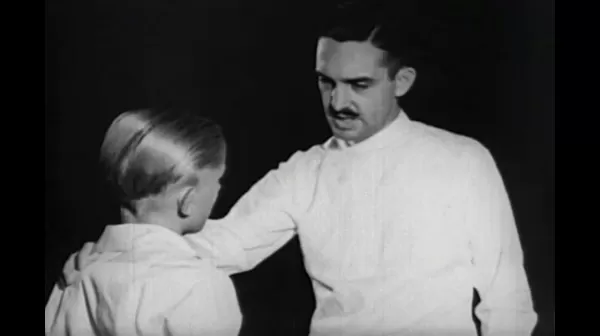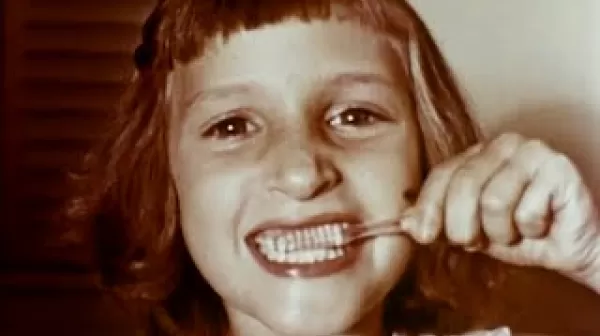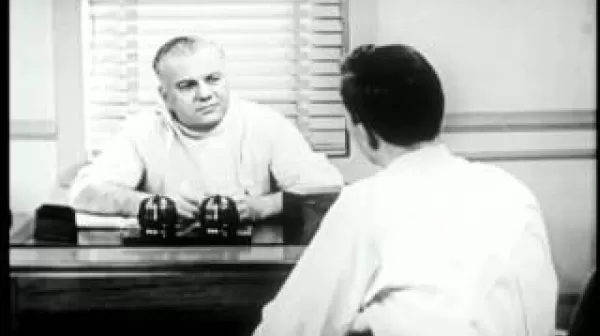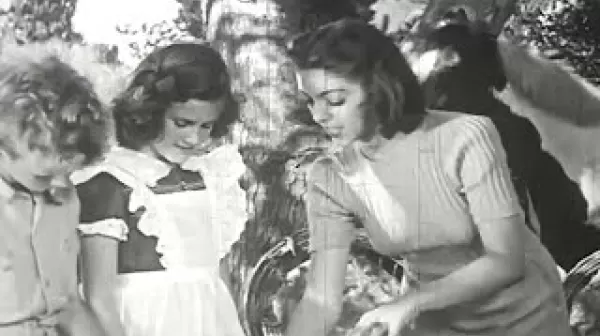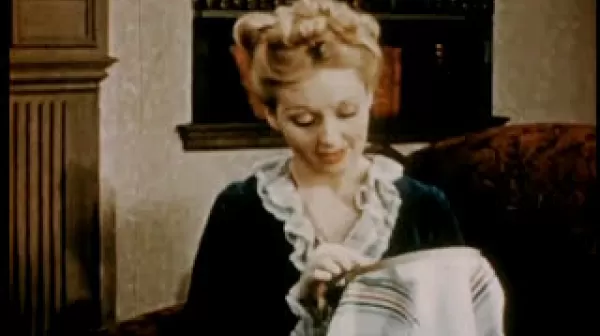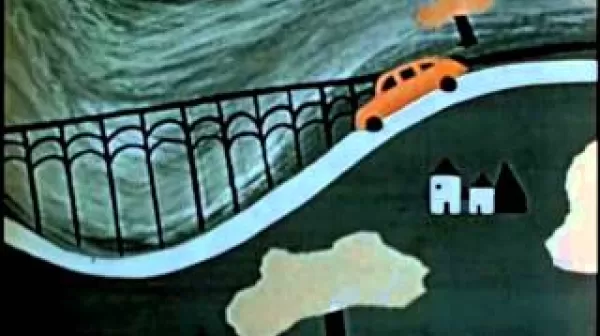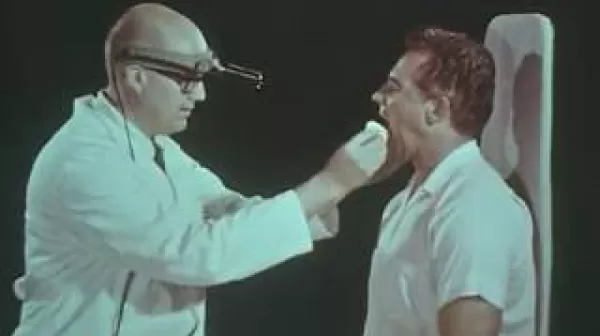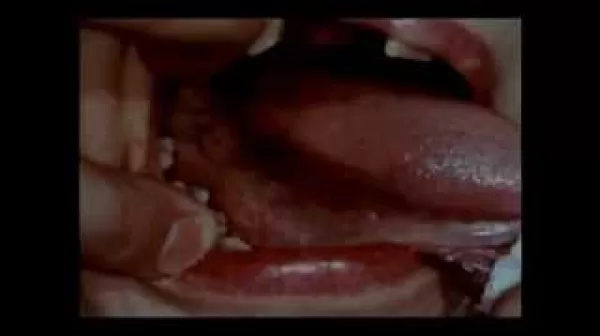DM in Pediatric Hepatology
Children in India constitute nearly 45% of population. Hepatobiliary disorders are a major cause of morbidity and mortality among Indian infants and children. Such patients need s pecialized diagnostic skills, laboratory evaluation and management. These disorders have genetic, familial, metabolic, infective, neoplastic and immune-mediated origin. Subgroups of these cases have intra-uterine origin that has intimate relationship with intra-uterine events cum manifestations in the mother.





